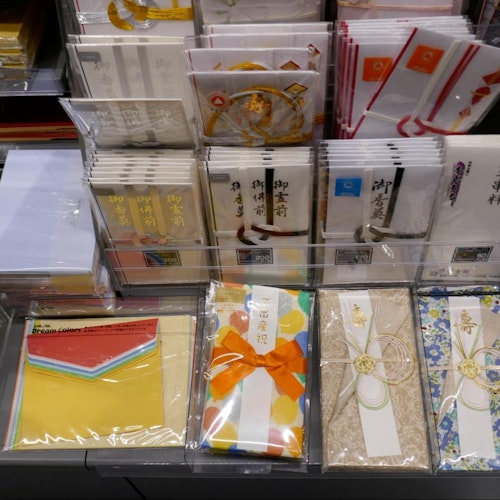
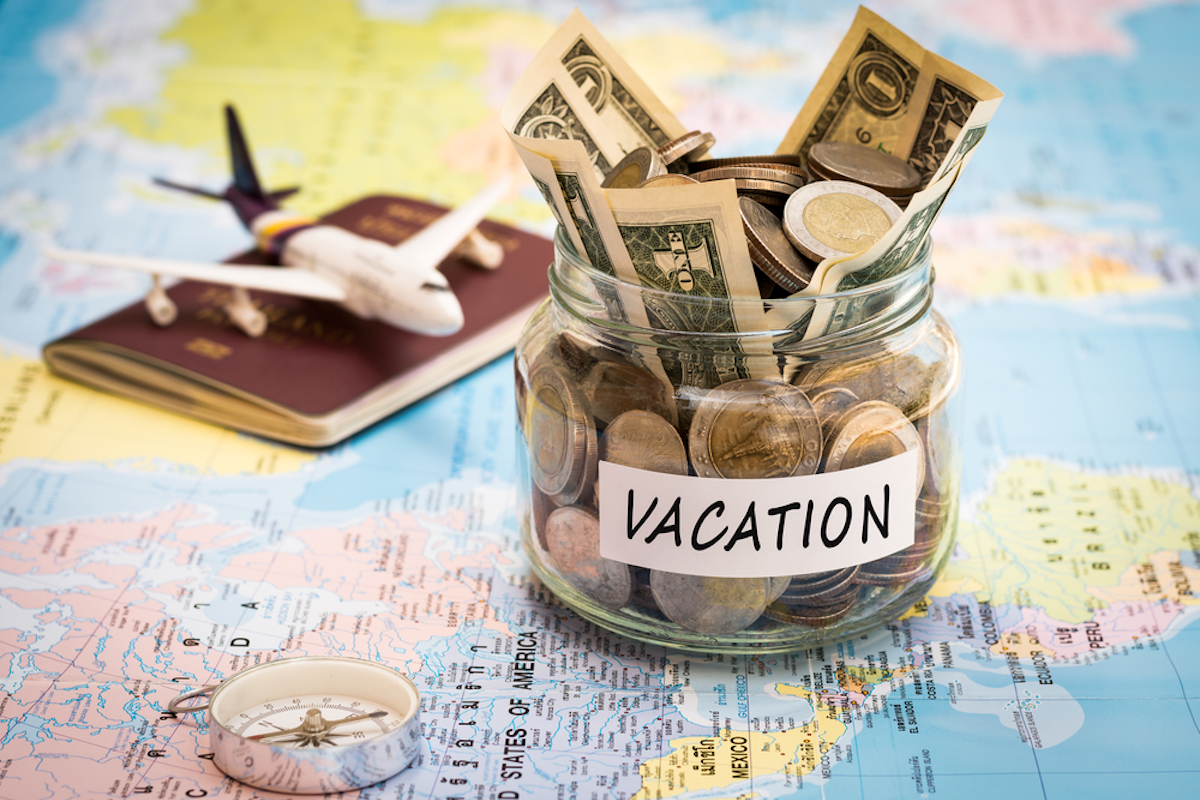
Dreaming of a visit to Japan but worried about the costs? You're not alone. Many travelers think Japan is out of their budget, but with the right tips and some careful planning, it's more affordable than you might imagine. With options like cheap flights to get you there and a wide network of train stations making travel within the country easy, you're already set for a cost-effective start. Plus, choosing the right accommodation in Japan can save you money without compromising on the experience.
From the bustling streets of Tokyo to the serene temples of Kyoto, there's a world of wonder waiting for you. And here's a little secret: convenience stores in Japan are not just for snacks – they can be a budget traveler's best friend, offering affordable meals and essentials. As we dive deeper into this guide, we'll explore more ways to stretch your yen and make the most of your journey. Whether it's a short city break or a long distance adventure, an affordable Japan trip is within your reach.
Estimate your Japan trip cost and budget for components such as airfare, accommodation, transportation, food & activities.
Look out for special offers on airfare to save money or use frequent flier miles/points. Explore affordable lodging options like hostels/guesthouses & capsule hotels or Airbnb rentals.
Navigate the country’s efficient public transport network with discount tickets/passes. Enjoy budget-friendly meals from convenience stores & street vendors. Explore free attractions, including parks and temples, while shopping tax-free at designated stores.
Japan is considered to have the highest prices in the world, but it is also one of the more expensive countries. The average trip cost will be over 30000 JPY. However, it was not terribly expensive for me to visit Japan. The journey through Japan is cheap if one knows the steps to take and is vigilant about the costs. There are ways to make money in Japan. You should budget between 10000 – 13,000 JPY for a stay in hostels and buy a rail pass. Despite all these suggestions I am sure that one could travel to Japan from about 7,000 – 10,000 Japanese yen each.
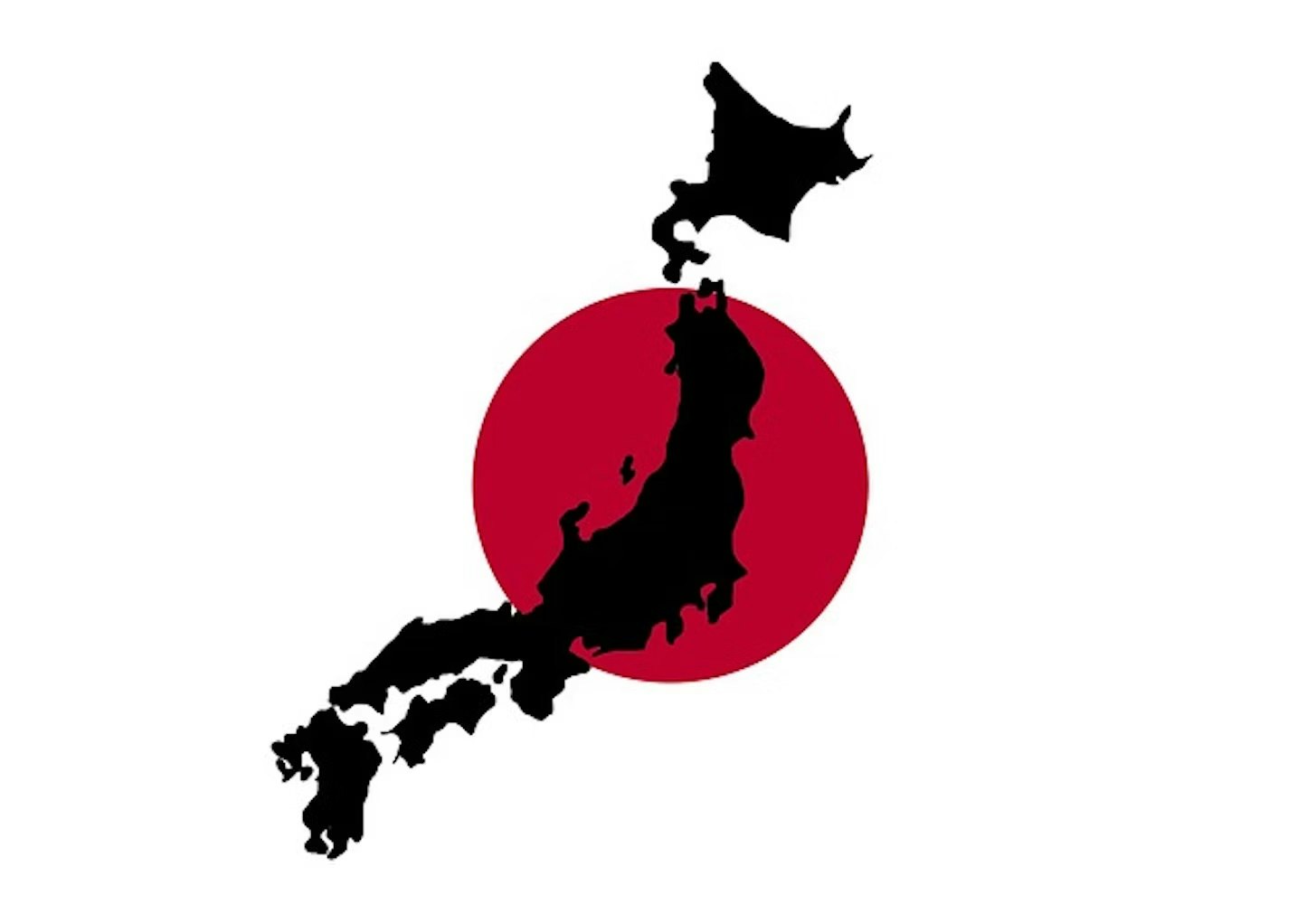
To further elaborate, food is one of the areas where you can either splurge or save. While upscale dining in Tokyo or Kyoto can quickly inflate your expenses, local eateries, street food, and convenience stores offer delicious options at a fraction of the price. A bowl of ramen, for example, can cost around 700 to 1,000 JPY, making it an affordable meal choice for budget travelers.
If you’re looking to save money on your Japan trip, there are a few tips and tricks that can help. The average cost of an airline ticket is about $1125, so start planning early! This way, you’ll be more likely to find deals or special offers which could take off some of the total price tag for your Japan trip costs. Don’t forget all those valuable frequent flier points as they come in handy when booking airfare too!
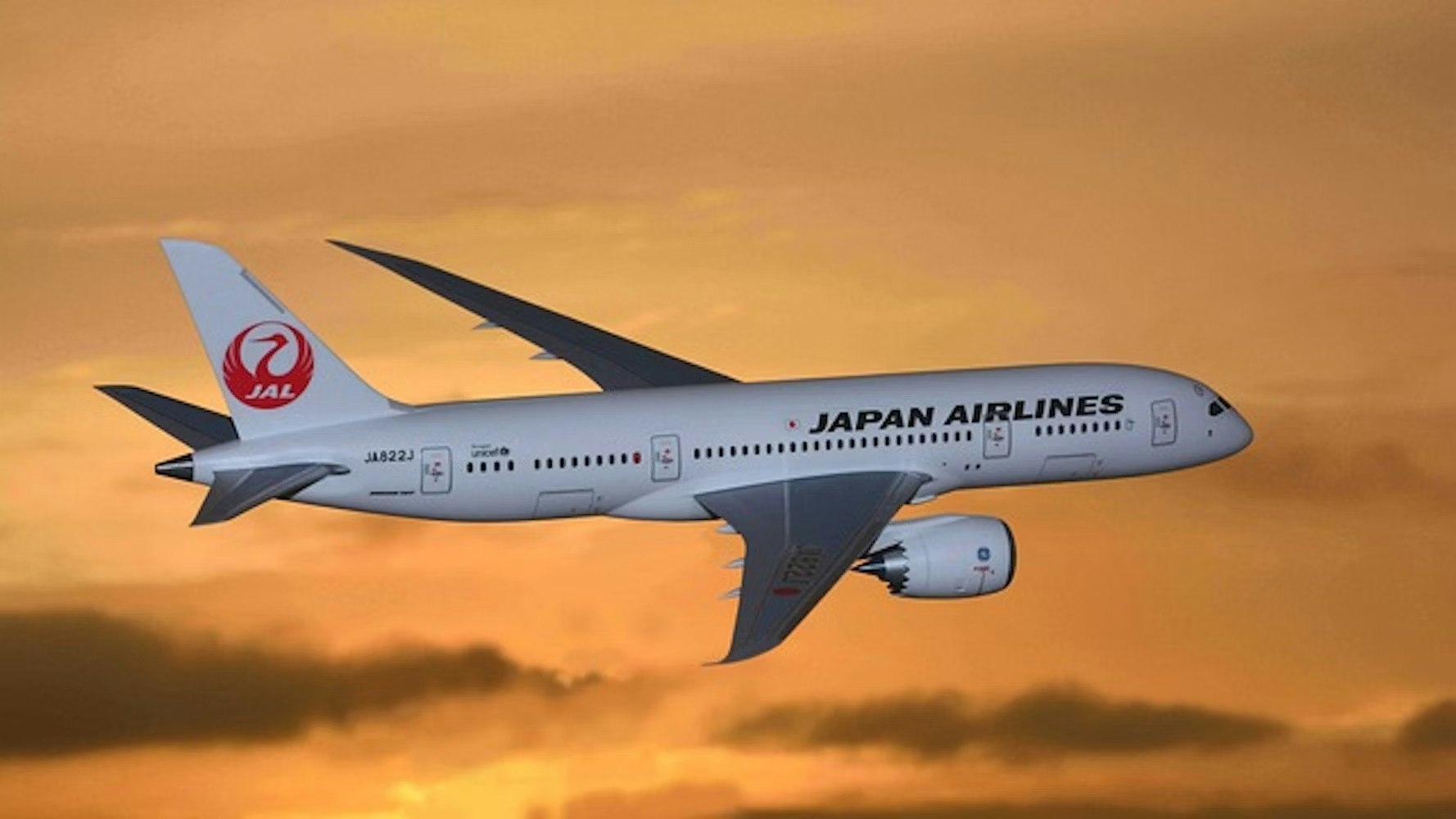
The bottom line: book smartly ahead of time and this will give you extra spending power while making lasting memories during your journey around Japan. Plus it helps make sure most (if not all) bases are covered before takeoff on one amazing adventure into uncharted territory!
Strategic planning can make all the difference when budgeting for a trip to Japan. Start by securing a cheap flight, which is more achievable when booked months ahead. Utilize flight comparison tools and stay flexible with travel dates or airports, as off-peak times and secondary airports often offer better deals. Travel insurance, while an added cost, can save you considerably in unforeseen situations, so it's wise to factor this in early on.
Early birds also get the advantage when it comes to transportation costs. By purchasing passes like the Japan Rail Pass well in advance, foreign visitors can enjoy unlimited travel across most Japanese cities, ensuring a seamless and cost-effective journey.

Accommodation options are plentiful in Japan, but the key to saving is booking ahead, especially during tourist seasons. Capsule hotels, hostels, and guesthouses are economical choices and fill up fast. Planning your meals can also lead to savings.
While last-minute dining often leads to pricier tourist spots, a well-researched list can introduce you to affordable local eateries and convenience stores that offer authentic tastes of Japan. Remember, a fantastic trip is built on memorable experiences, not just lavish expenses. With careful forethought, your Japanese adventure can be both enriching and wallet-friendly.
Accommodating yourself in Japan doesn’t have to break the bank. Given the diversity of lodging options available, from the authentic feel of traditional ryokan rooms with tatami mats to the innovative and modern capsule hotels, you're never short of choices that suit your pocket. So, if the thought of expensive hotel rooms is making you hesitant, read on for ways to keep your expenses in check.
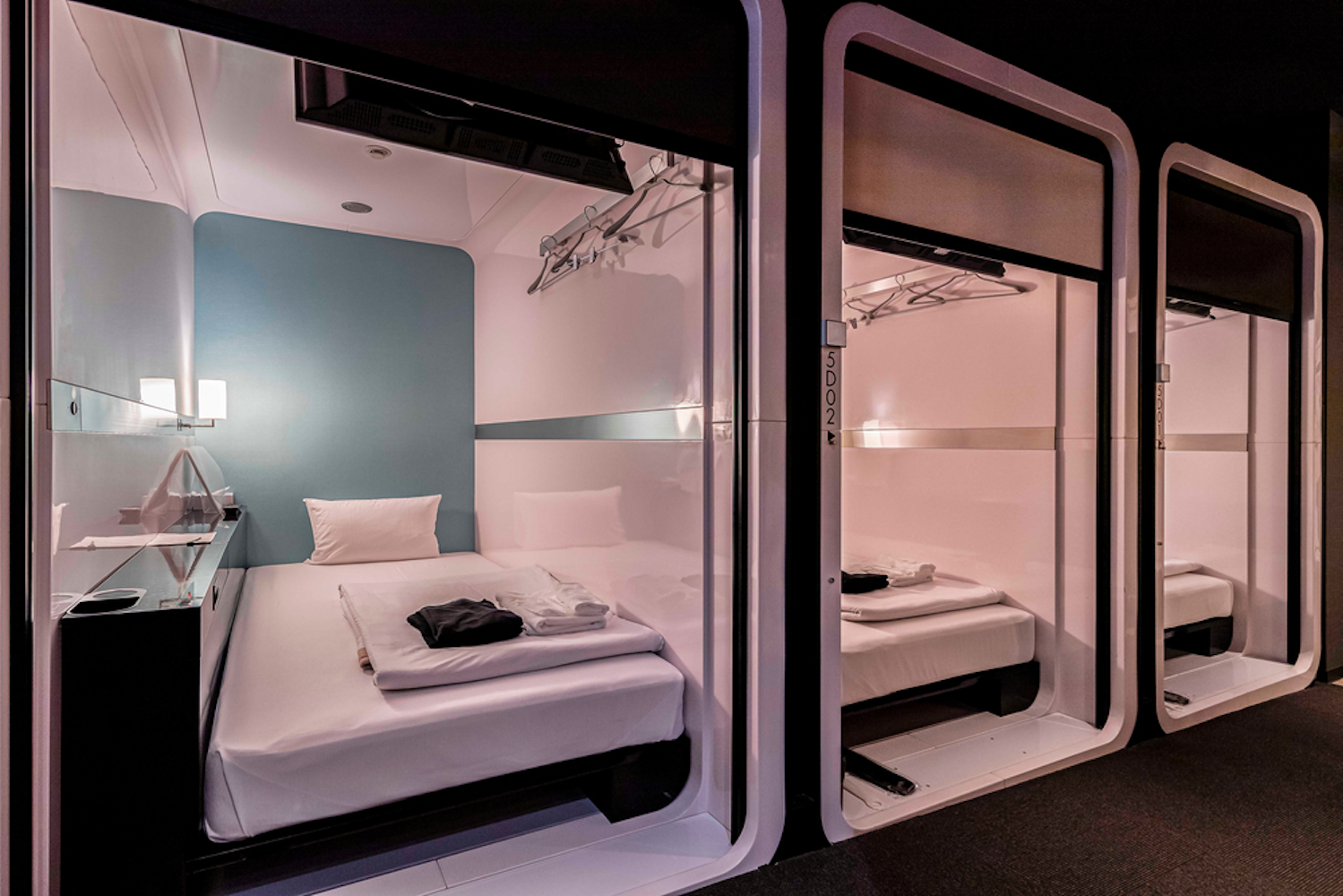
Travelers looking to save money and interact with like-minded people often opt for hostels and guesthouses. Institutions like Yume Nomad in Kobe and Nara Backpackers offer budget-friendly dormitory-style rooms, some as affordable as twenty dollars per night. Prefer a little more privacy without stretching your yen? Check out places like Hostel Mallika, which offer private stays at a surprising deal of just $16 a night.
Capsule hotels are not just a novel idea, but a growing preference among tourists. Primarily seen in Japan, these hotels provide individuals with cozy, private pods equipped with all essentials, and all for a very affordable per-night rate. Their often-central location near main attractions also makes them a favorite among solo travelers eager to save money.
For those who crave a home-like experience, Airbnb rentals stand out. From snug apartments in bustling districts to traditional Japanese homes nestled in quieter areas, Airbnb offers a myriad of choices. When opting for this route, remember to read the host's rules and keep an open line of communication. This ensures a hassle-free stay and a chance to immerse in the local atmosphere.
Once you've touched down in Japan and settled into your accommodation, it's time to think about the best ways to get around and explore. Japan boasts one of the world's most efficient transportation systems, making it easy for travelers to navigate between cities, towns, and even remote areas. But how do you use these facilities without burning a hole in your pocket?
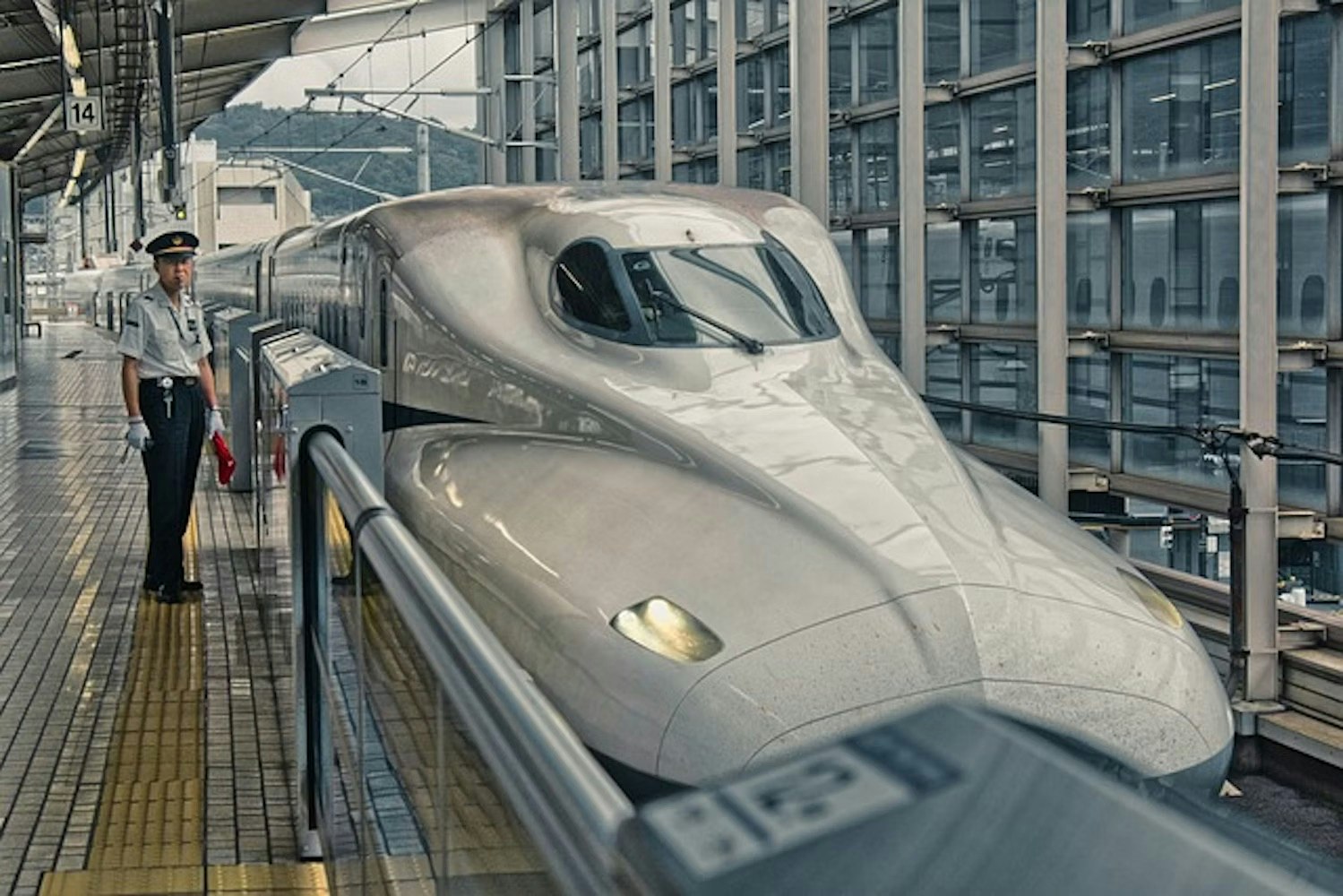
Japan's public transportation is renowned not just for its punctuality, but also for its accessibility and affordability. Whether you're hopping between train stations in bustling Tokyo or taking local buses in scenic Kyoto, there's a budget-friendly option waiting for you.
A single trip on most metro systems or buses averages around $1.50, and if you're spending a day in Tokyo, you can grab a one-day adult ticket for a mere 4.50 US dollars. This approach allows you to delve into both urban and rural Japan seamlessly while keeping your expenses minimal.
For those with a packed itinerary spanning multiple cities, the Japan Rail Pass is a godsend. Offering unlimited travel on JR-trains, this pass provides exceptional value. Consider this: a 7-day standard fare pass costs $224 but if you were to travel from Tokyo to Kyoto, Osaka, then Hiroshima and back individually, you'd be paying considerably more. In essence, the Rail Pass not only ensures convenience but significant savings as well.
Apart from the popular Japan Rail Pass, there's an array of discount tickets and passes tailored to cater to the diverse needs of travelers. The Tokyo Subway ticket, for instance, grants you 24-48 hours of unlimited access to all subway systems within Tokyo.
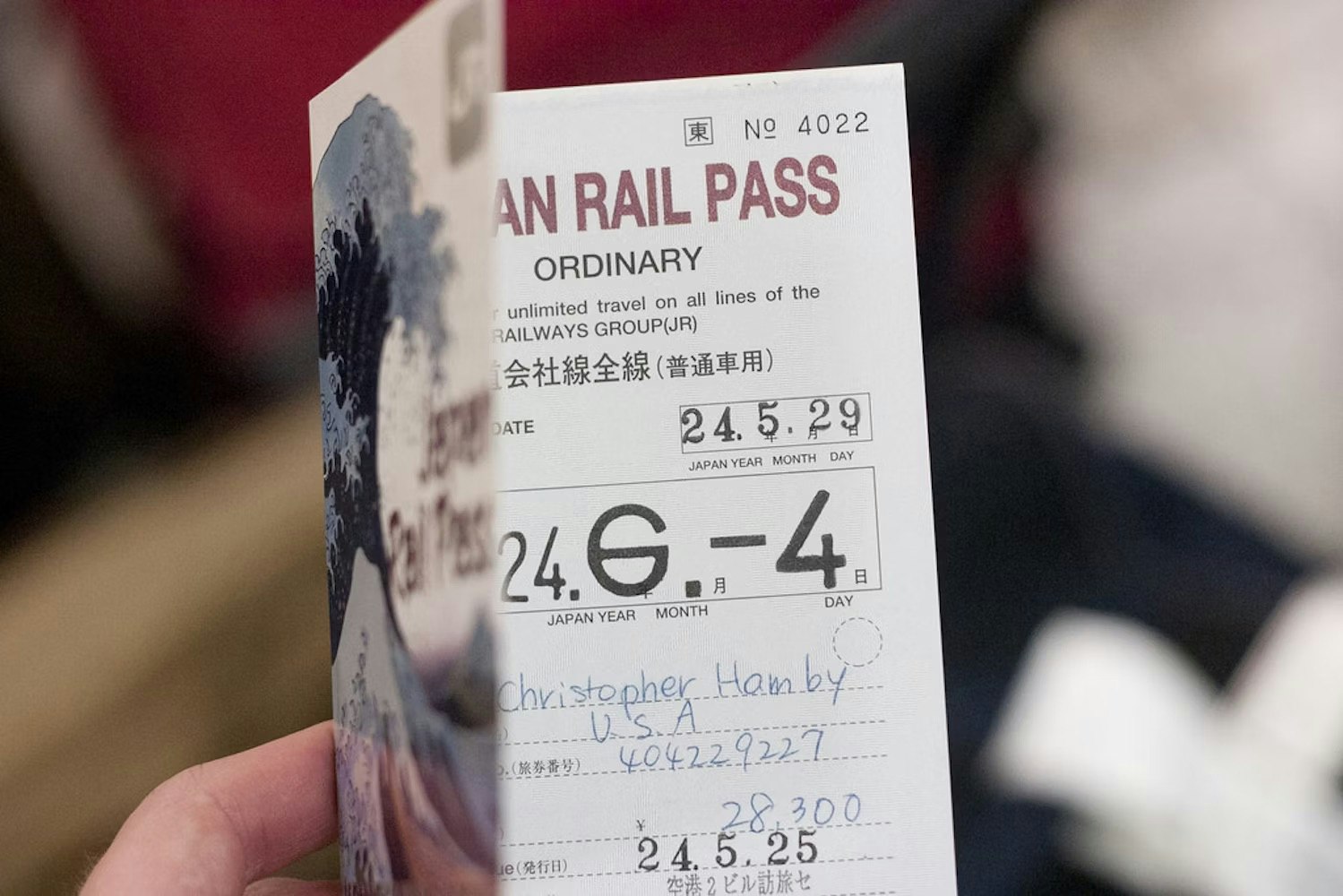
These discounted options can be incredibly beneficial whether you're making short commutes within the city or embarking on long distance journeys outside.
Venturing beyond trains, long distance buses provide an alternative mode of transportation, often connecting places that aren't directly accessible by trains. These buses are a cost-effective way to traverse greater distances, ensuring you experience the full spectrum of what Japan has to offer without straining your budget. When mapping out your travel route, it's worth considering these buses as a viable and economical option
Train travel in Japan is emblematic, with the bullet train or Shinkansen standing as a testament to its efficiency. While the experience aboard these high-speed trains is unparalleled, the costs can be a factor for many. A typical Shinkansen ride, like the one connecting Tokyo to Osaka, can set you back between 13,000 to 14,000 JPY.
However, savvy travelers often resort to passes such as the Japan Rail (JR) Pass, which offers unlimited travel on most JR-trains, including many Shinkansen lines. For those taking multiple trips, the 7-day JR Pass, priced around 29,650 JPY, can be a real cost-saver. Alternatively, the metro stations, omnipresent in most Japanese cities, offer a more economical mode of travel with fares starting at just 170 JPY in areas like Tokyo.
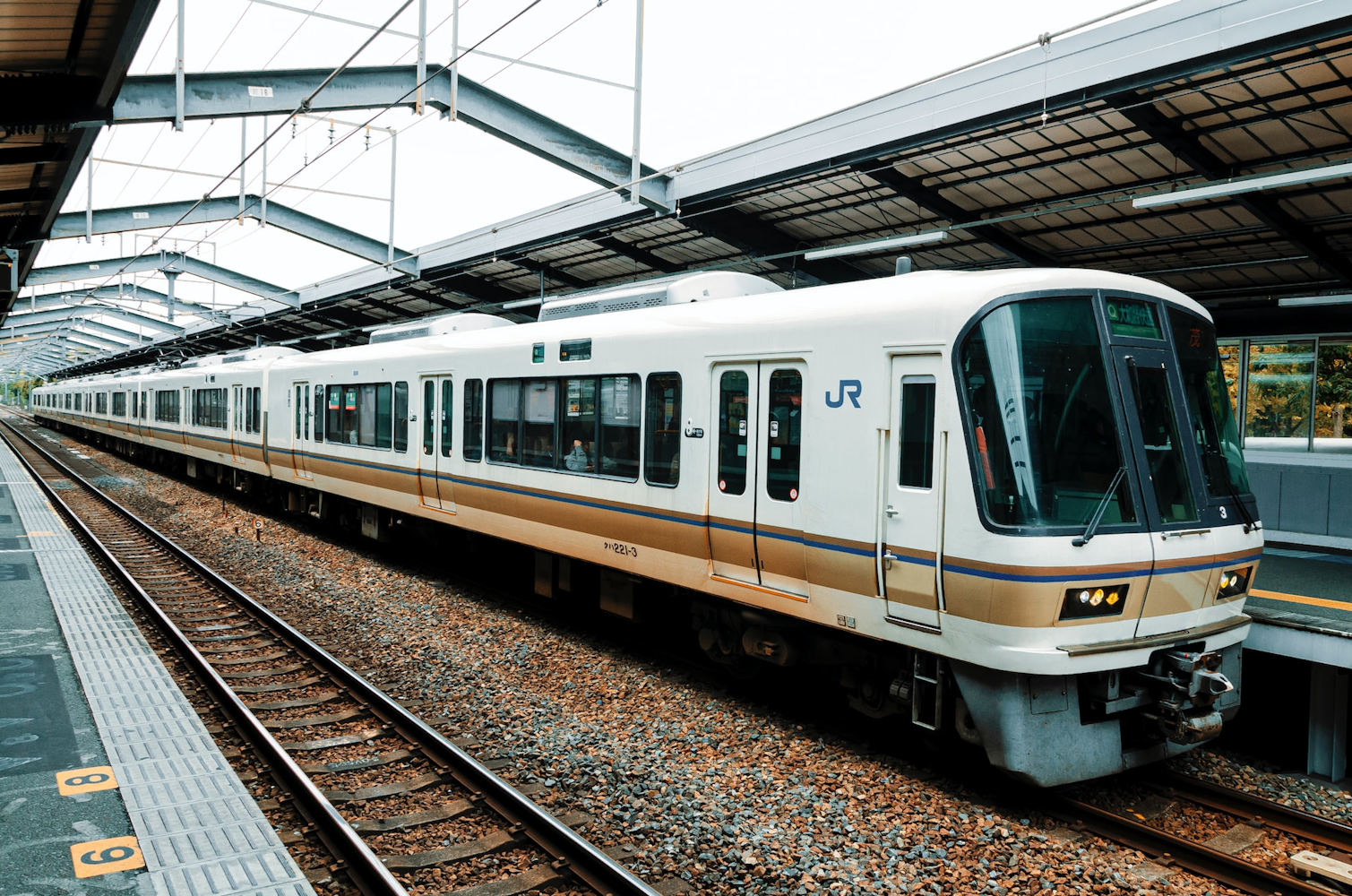
When train travel doesn't suit one's travel style, or for destinations less served by rail, Japan's robust bus service comes into play. Long-distance buses, often considerably cheaper than bullet train tickets, provide comfortable rides and cover vast stretches of the country. As an example, an overnight bus from Tokyo to Kyoto might only cost around 4,000 JPY. Between optimizing train tickets, leveraging passes, and considering buses, travelers can significantly manage their transportation expenses in Japan.
Taking into account the necessity of controlling food costs, let’s look at some low-priced food options available in Japan. Japanese cuisine provides something for every budget, from expensive sushi restaurants to street snacks that are friendly on the wallet. So why not explore these delicious eats without breaking your bank? There are an abundance of great choices waiting to be discovered and savored, no matter how much or little you can afford!
Many people think of pre-made sandwiches and instant ramen when it comes to convenience stores. But in Japan, these stores have something more delicious on offer - from sushi rice balls (onigiri) to tasty bento boxes or even freshly made sandwiches.
Whatever your needs for a quick breakfast before exploring the area on day trips or simply satisfying late-night hunger pangs, you can find exactly what you want at one of these outlets.
For a truly satisfying experience of Japanese cuisine, street food vendors are the way to go. These cost-effective eateries provide delicious dishes for your enjoyment that won’t put too much strain on your wallet.
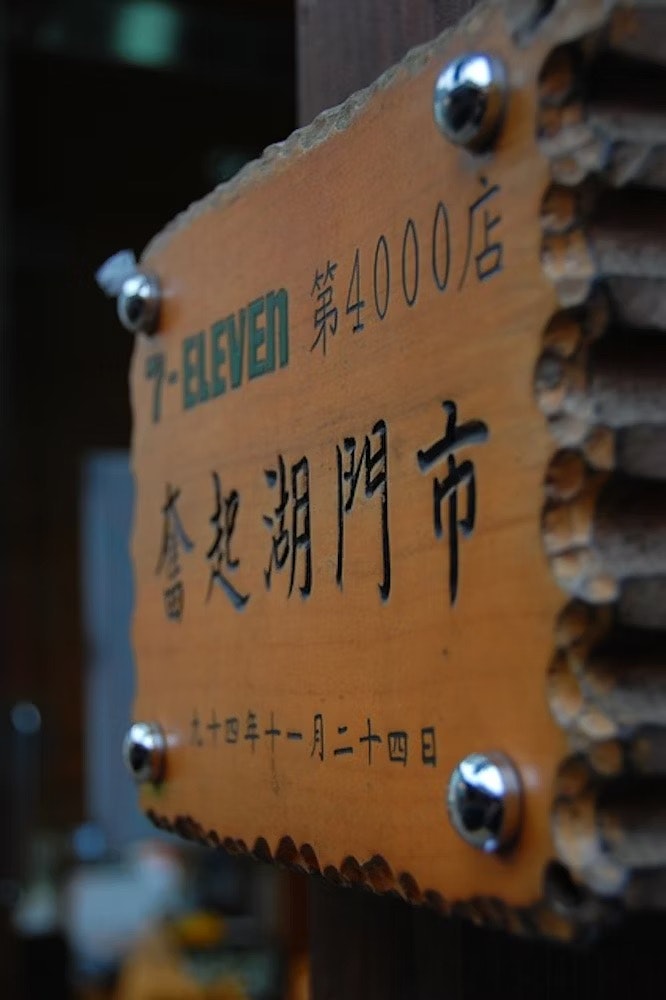
From takoyaki and okonomiyaki to other specialties, one bite is enough to appreciate Japan’s distinct flavor profile fully! No need for expensive restaurants when these tasty treats can be found in abundance, grab some grub from a vendor and explore the unique tastes of traditional Japanese street food.
If you’re looking for a cost-effective sit-down meal, visit the local restaurants. These spots serve up an array of budget meals that offer genuine Japanese flavours like ramen bars, shokudo (diner style) and teishoku (set menus).
Not only are they wallet-friendly, but these eateries will also provide you with fantastic culinary experiences without denting your bank account! So if it’s inexpensive yet delicious food from Japan that you’re after, then look no further than the local dining scene.
From major cities to rural areas, Japan is full of historical monuments and places of natural beauty waiting to be explored. Fortunately for tourists, many remarkable sights can be visited free of charge, a real treat! For example, the Imperial Palace in any large city won’t cost you anything at all.
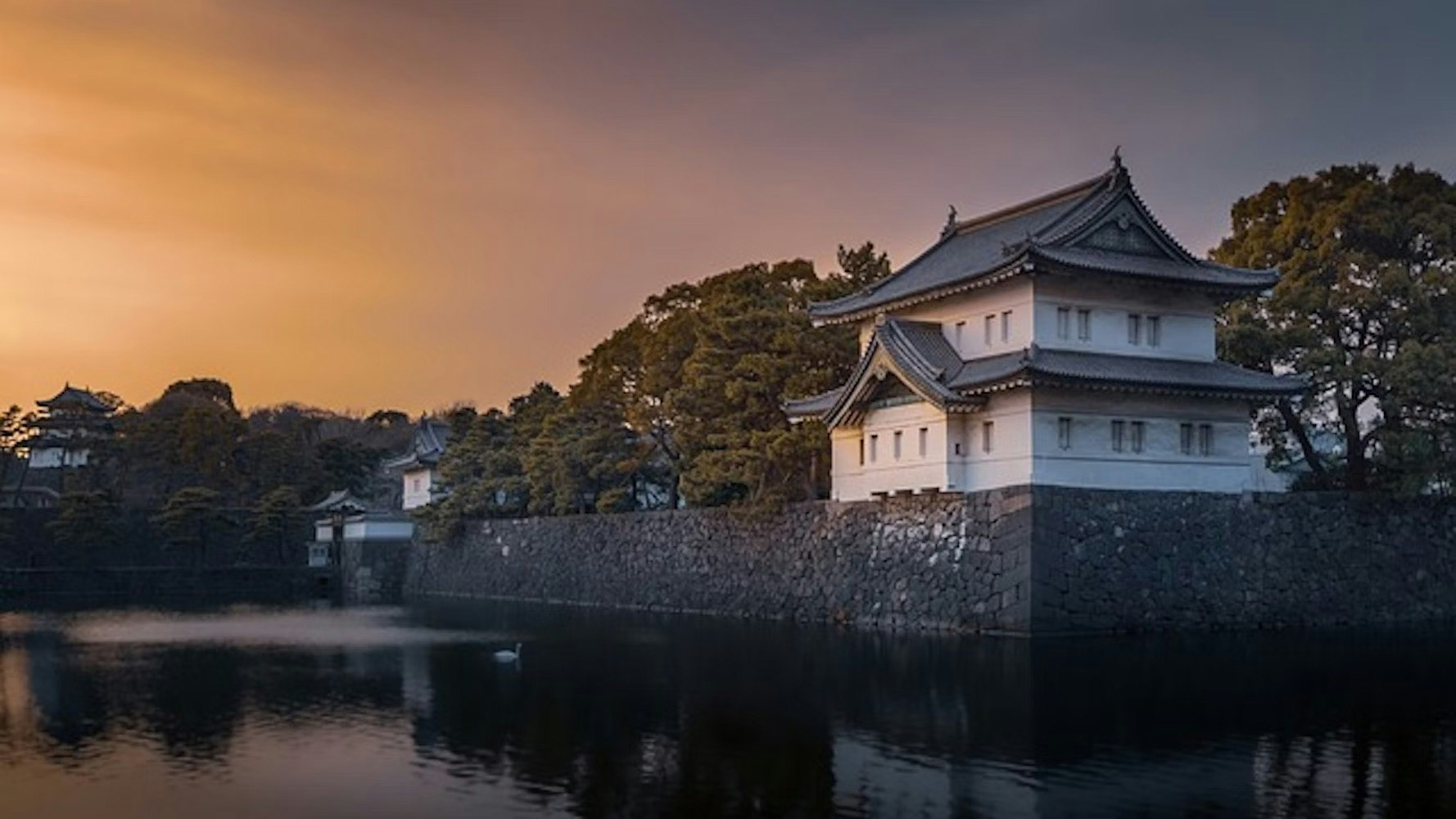
There are lots more activities available that don’t require money. Like touring local markets or going on an organized walking tour around town. All these experiences add another layer of flavor to your Japanese adventure without costing extra yen!
Japan’s parks and temples provide a peaceful oasis away from the chaotic energy of city life. To make it even better, many don’t charge admission fees, so visitors can experience Japan’s natural beauty and ancient culture without breaking their budget.
Whether you want an alfresco lunch in one of the country’s scenic parks or to explore a temple, there is no need for deep pockets – pick up your picnic basket and set off on this economic journey!
When visiting Japan, why not save money by going on walking tours? This type of sightseeing allows you to learn about the country’s culture and history intimately. Whether guided or self-guided with a map, these budget-friendly excursions can provide an educational experience that won’t break your wallet. So don your shoes and set off for an inexpensive way to explore all this incredible nation has to offer!
Forget about having to pay entrance fees and enjoy the sights of some top Japanese locations! There are plenty of unforgettable attractions that you can experience without spending a penny, from the vibrant Shibuya Crossing to the tranquil Arashiyama Bamboo Forest.
Japan is full of free delights, so take advantage and appreciate them for nothing. After all, life’s best things don’t need payment – especially in Japan!
Let us discuss the wasabi that adds a kick to our sushi roll, shopping and souvenirs. If you are looking for traditional items or fashionable clothing, then Japan can be an enjoyable (yet expensive) place to shop. But have no fear! We want your savings account to remain intact, so we’ve got some tips for thrifty shoppers who still wish to make purchases they will enjoy. Seek out discount stores such as Don Quijote which offer many different types of products at lower prices than other locations in Japan.
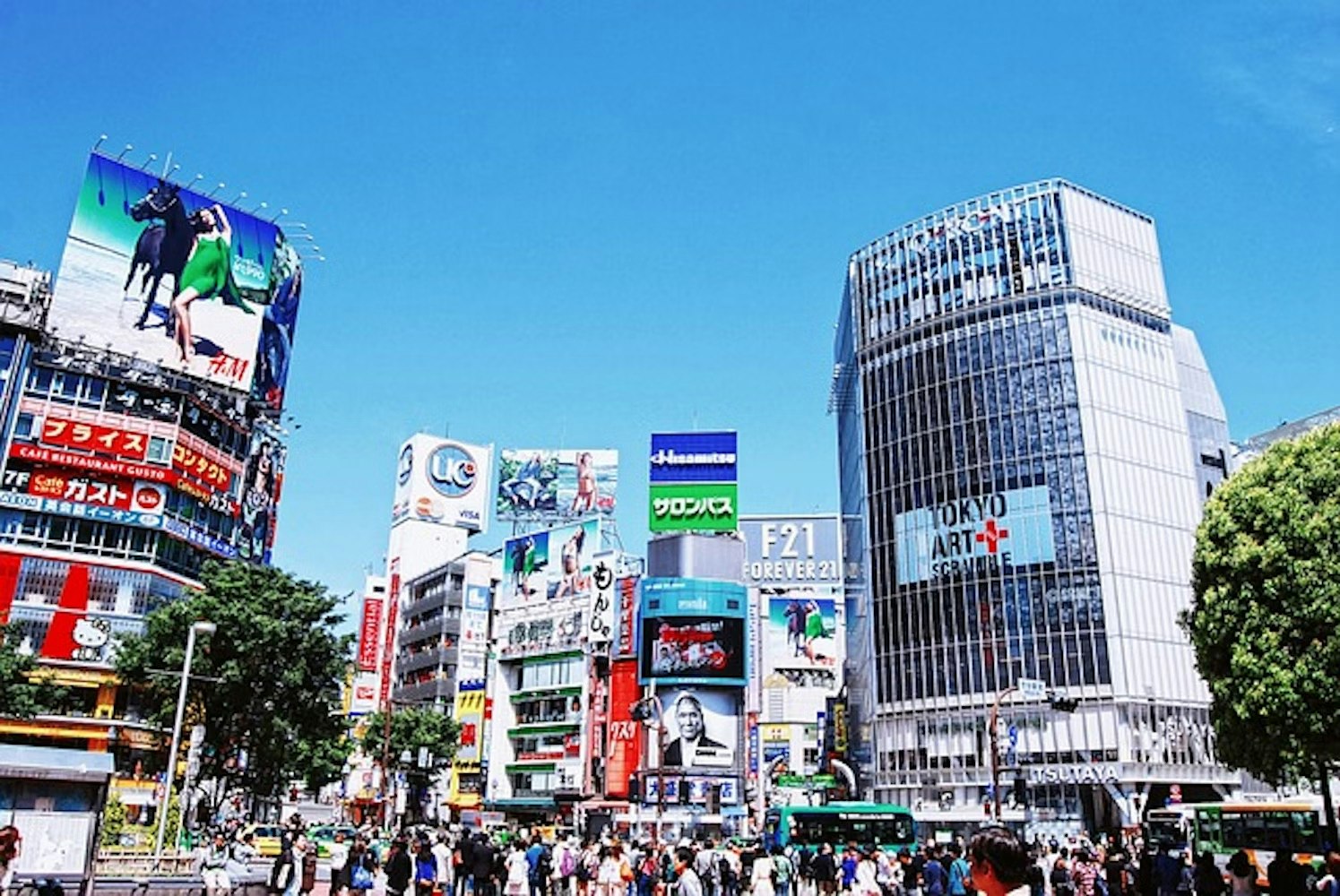
Take advantage of tax-free shopping while you are in Japan! International tourists can save 8% on purchases from qualifying stores such as electronics, cosmetics and clothing. Remember to bring your passport when purchasing so that the receipts may be presented at the airport’s counter for obtaining refunds upon departure. With this great opportunity available, it’s an attractive incentive for travelers who want to take full advantage of being able to buy products without having added taxes charged against them during checkout.
For a truly unique shopping experience, go to the neighborhood markets and shops. Not only are prices often cheaper than tourist-focused establishments, but you will also have an opportunity to find items that can’t be found in large commercial stores.
Explore all of the amazing traditional crafts and locally made snacks available at local bazaars and boutiques! Leave behind the common routes for a cost-effective trip filled with enriching discoveries during your travels.
Japan has many affordable souvenir choices suitable for all. From traditional items such as pottery and lacquerware to snacks like mochi or senbei, there’s something for every preference!
These presents provide you with a way of preserving memories from your trip while also taking home some pieces of Japan without needing deep pockets.
When it comes to visiting Japan, timing your trip is an important factor in determining how much you will spend. From the delightful spectacle of cherry blossom season to winter’s cooler temperatures, each period has its own unique beauty and cost-related considerations.
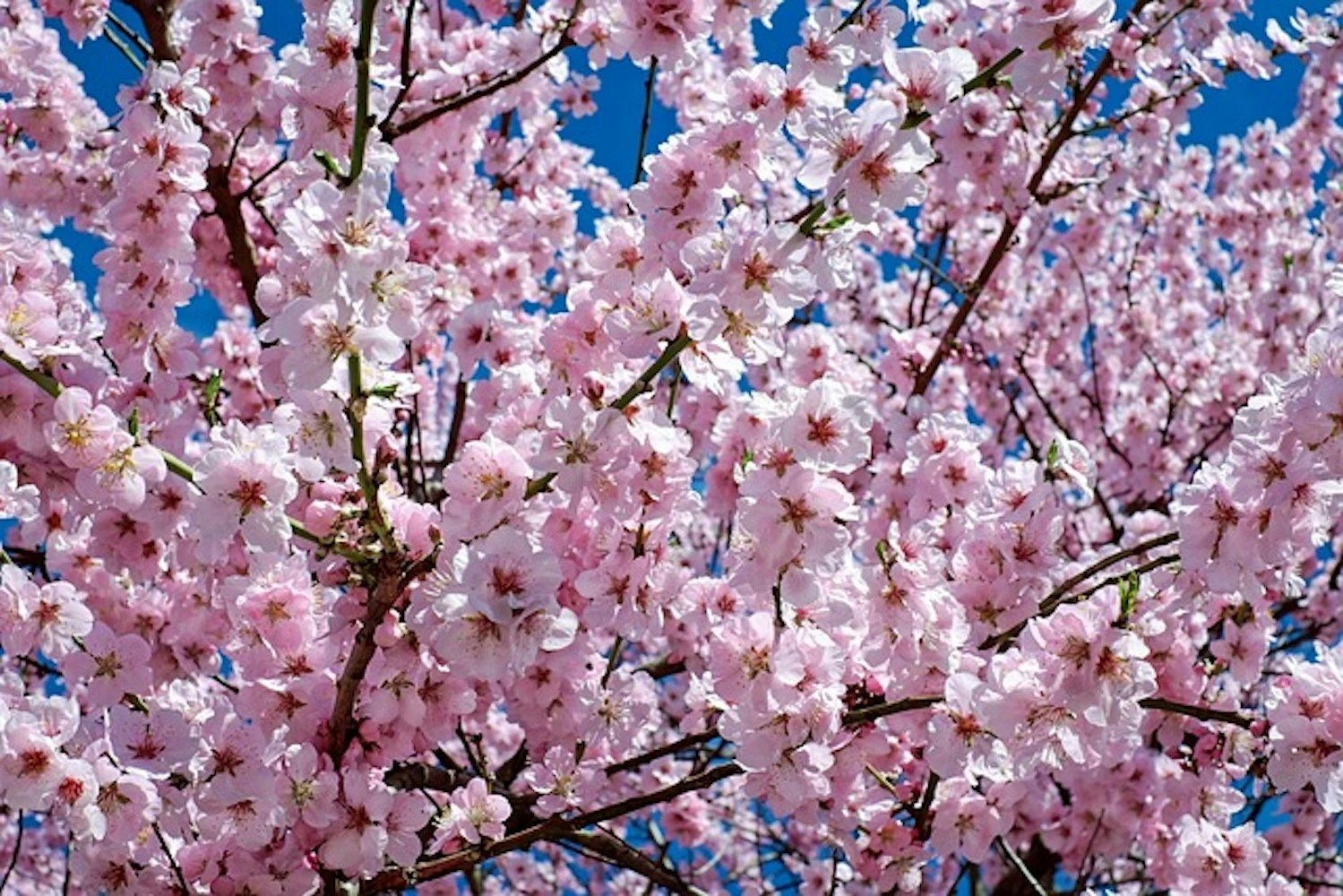
For pleasant weather conditions plus unbeatable sights like spectacular blossoms during spring (March-May) or colorful foliage throughout autumn (September-November), plan a Japanese getaway during these periods for the best value on flights and accommodation options. If looking for budget-friendly prices, opt for travelling from November until March instead!
So far, we have discussed a lot of ways to save money on your Japan trip. Now it’s time to explore how all these small methods can combine and help you get the most out of your budget. Let’s take a look at this!
By implementing the tricks that were mentioned earlier, such as taking advantage of discount transportation passes or shopping in local markets instead of department stores - to name two - you will be able to extend your visit beyond expectations without breaking the bank!
If you’re looking to save money while traveling in Japan, why not take advantage of all the free attractions available? From breathtaking temples and lush parks to fun walking tours, there are plenty of ways for visitors on a budget to explore this amazing country.
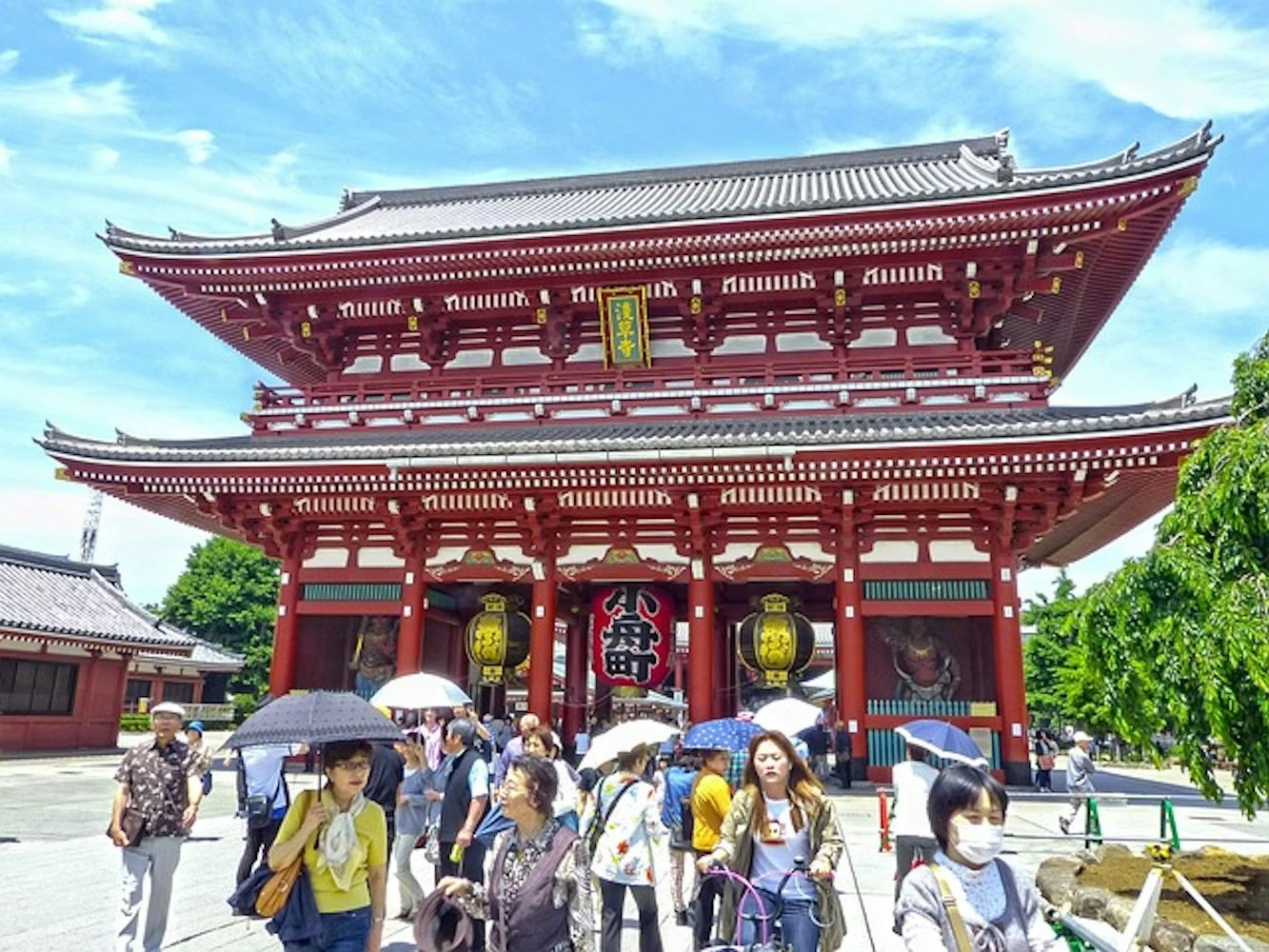
Including some no-cost activities can really help stretch your dollar - but it doesn’t mean sacrificing quality experiences! Enjoying Japanese culture without spending any yen is possible if you plan ahead and find these hidden gems.
For economical transport, a local bus can be an option to take into consideration for your journey. They provide not only a cheaper way of getting around but also the opportunity to soak in the vibes and experience culture unique to that destination - from Tokyo’s neon-lit streetscapes through rolling landscapes. Going on board doesn’t need to break your budget so next time you’re traveling consider making use of public transportation via this mode!
If you don’t want to spend too much, look into visiting parks, temples and other places of interest that offer free admission. Exploring the culture and natural beauty at these locations will cost nothing in entrance fees.
You can still have an amazing experience without emptying your wallet if you put some thought behind it beforehand - there’s no need for a hefty expenditure!
Japan is a dream destination for many, blending ancient traditions with ultra-modern cities. While it's perceived as an expensive place to visit, with the right strategies, you can explore the country without depleting your savings. We've compiled a list of tips based on personal experiences and insider information to help you enjoy Japan on a budget.

Timing is Key: Opting to visit during the shoulder seasons (spring and fall) can mean fewer tourists, pleasant weather, and reduced accommodation prices. Avoiding peak travel times, especially the "Golden Week" in late April to early May, can save you a substantial amount.
Dine Smartly: While dinner at restaurants can be pricey, many places offer "teishoku" or set lunch menus that are filling, delicious, and come at a fraction of the dinner cost. Seek these out for a gourmet experience without the hefty price tag.
Regional Transportation Cards: Before hopping on a train or bus, check if the region offers a transportation card or day pass. For instance, the Suica card in Tokyo can save you money and time when commuting in the busy metro stations.
Accommodation Choices: Beyond the famed capsule hotels, Japan offers "ryokan" (traditional inns) or "minshuku" (family-run bed and breakfasts). These not only provide an authentic Japanese experience but can also be more budget-friendly than hotels, especially when they include meals.
Embrace Free or Low-Cost Attractions: Temples, public gardens, and street markets often have minimal or no entrance fees. Plus, wandering around neighborhoods like Kyoto's Gion or Tokyo's Asakusa can be an experience in itself.
Konbini for Quick Bites: Japan's convenience stores, or "konbini," are a haven for affordable, tasty, and varied meals, from sushi rolls to hot bento boxes. They're an ideal choice for a quick meal without the restaurant costs.
Book Train Tickets Early: Bullet train, or "shinkansen," tickets can be cheaper when booked well in advance. If you're planning extensive train travel, consider the Japan Rail Pass for unlimited travel on JR-trains, which can lead to significant savings.
Thrift Shopping and 100 Yen Stores: Japan's 100 yen stores, like Daiso, offer quality products from kitchenware to stationery for just about a dollar. Moreover, cities like Tokyo have thrift stores where you can find branded items at a steal.
Japan, with its fusion of ancient traditions and cutting-edge modernity, promises an unforgettable travel experience. However, it's a common misconception that such an adventure comes with a hefty price tag. Budget travel in Japan is not only feasible but can also enhance the authenticity of your journey. By opting for budget hotels, travelers can experience the warm hospitality Japan is renowned for, without burning a hole in their pockets. Early birds especially can score the best deals, be it on accommodations, entrance fees to top attractions, or even local delicacies.
Moreover, embracing the budget travel approach doesn't mean skimping on experiences. On the contrary, it opens doors to explore Japan more intimately, mingling with locals, discovering hidden gems, and making memories that last a lifetime. With careful planning and a keen eye for the best deals, one can travel Japan in a manner that's both economical and enriching. So, pack your bags and set forth on a journey where every yen is well-spent, and every moment is treasured.



